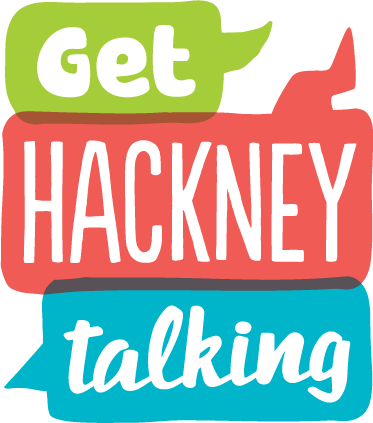Expressive Language Skills
Parent information leaflet
What are Expressive Language Skills?
- Expressive language refers to our ability to use spoken language. This includes using words, putting words together to make sentences and using grammar.
- Expressive language also includes using language to describe, explain, discuss, question and reason with others.
- As a child gets older they are expected to use language for a range of different purposes such as to negotiate, persuade and problem solve. Sentences should become longer, on average 7-12 words in length, and sentences should be linked together using a range of joining words such as ‘however’ and ‘even though’.
What signs may a young person with expressive language difficulties present with?
- They may use short, simple sentences only and not use joining words such as ‘even though’, ‘while’ or ‘if’.
- They may use words in the incorrect order in sentences.
- They may have difficulty explaining an event or how to do a task including all the important information in the correct order.
- They may find it difficult to answer questions, particularly questions that involve giving reasons such as ‘why?’ or ‘how?’
- They may find it difficult to find the specific words to explain what they mean and use very simple or general words such as ‘thingy’ and ‘stuff’.
- They may need extra time to explain what they mean.
- They may present with behavioral difficulties or may mask their difficulties by agreeing with everything people say or giving short ‘don’t know’ answers.
How can you support your child at home?
- Give your child more time to talk – provide lots of pauses and talk at a slow rate yourself to show your child they have plenty of time to say their thoughts
- Respond to what your child says not how they say it – if your child makes an error model the appropriate way of saying it, for example, child says: ’I went to the thingy’, you say: ‘yes, you went to the cinema’
- Add language – model longer sentences by adding to what your child has said, for example, child says: ‘I went shopping’, you say ’you went shopping because you needed some new trainers’
- Ask open ended questions – ask where, when, who, what happened first, what happened next questions to help structure your child’s explanation
- Encourage any use of language to communicate – if your child cannot think of the exact word to explain what they mean encourage them to describe anything about the word (what it looks like, what it does etc)
Activities you can try at home
One word at a time – make up a sentence with your child but you can only say one word each at a time. For example:
You: ‘Today’
Your child: ’I’
You: ‘am’
Your child: ‘going’
You: ‘to’
Your child: ‘the’
You: ‘park’
Encourage your child to make longer sentences by adding words like ‘because’, ‘so’, ‘but’ and ‘however’.
You can also develop stories by taking it in turns to say part of the story each.
Giving directions/instructions – Ask your child to give you directions for how to get to a particular place, either in the home or outside. Encourage your child to use words such as ‘left’, ‘right’, ‘straight ahead’. Give feedback by following the directions as your child says them


